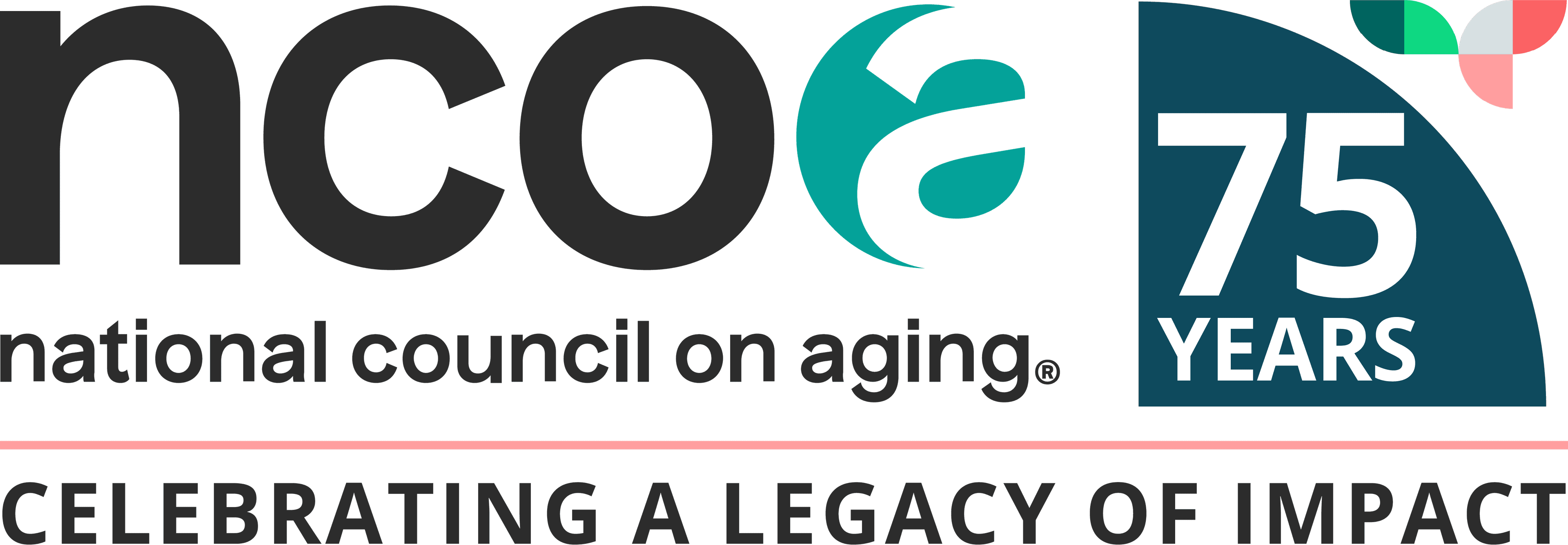
Related Topics
The start of fall brings welcome changes like cooler days and colorful foliage. But it also brings the deluge of mailings and solicitations from insurance companies touting the benefits of their Medicare plans.
These ads coincide with Medicare’s annual Open Enrollment Period, which runs from Oct. 15-Dec. 7. If you are currently enrolled in a Medicare Advantage or Medicare Part D prescription drug plan, this is your chance to change plans for the upcoming year if needed. It is important to reevaluate your plan choices during this time since Medicare plan costs and coverage change every year.
So how can you tell if the Medicare mail you receive is legit? We have some tips for sorting the official Medicare mail from the junk mail.
Be skeptical about ads touting “free” Medicare benefits
You may have seen ads on TV or received mailings and emails that tout free Medicare advice or benefits that appear too good to be true. Ads or mailings from Medicare health plans typically start on or just after Oct. 1 each year.
These marketing campaigns are designed to prompt you to call a phone number, enter an email address, or register for an event to learn more about an advertised plan and ultimately sign up for that plan. It’s important to be skeptical of these claims, and to know what questions to ask when looking at plan choices.
What does the Medicare envelope look like?
The Medicare program is administered by the Centers for Medicare & Medicaid Services (CMS) of the U.S. Department of Health and Human Services (DHHS). Be sure to open any mail that comes from the CMS, DHHS, and the Social Security Administration. Below are the official logos that appear on the return address portion of their envelopes, which may help you identify mail that comes from these three official government agencies.

Also, know that it is forbidden by law to use the words or symbols “Medicare,” “Centers for Medicare & Medicaid Services,” “Department of Health and Human Services,” or “Health and Human Services” in a way that indicates approval or endorsement on any marketing or non-government correspondence.
How to identify marketing mail
Here are some tips to help identify materials that are promotional and do not require your attention:
- The material usually asks you to call, email, send a postcard, or attend a seminar to learn more about a Medicare plan.
- The material may use language filled with superlatives such as "the best," "the most," or "the least expensive." It may even use the word the word "free," which is prohibited and an inaccurate description for Medicare plans.
- The material often includes large colorful graphics to grab your attention.
- The postage area on the envelope may be imprinted with “PRESORTED” or “PRSRT STD,” which is commonly used for mailing a large quantity of business or advertising mail.
Report suspicious mail
If you receive a piece of mail that raises your suspicion, here’s what to do:
- Ask a relative or friend to review the information with you to determine if any action is required.
- Go to Medicare.gov to review a complete list of the notifications and information that Medicare or your existing health and/or drug plan send out on behalf of CMS. The list explains the purpose of each mailing and the month it is sent.
- Contact 1-800-MEDICARE for help in determining the legitimacy of mail that claims to be about your Medicare coverage.
Open mail from your current health or drug plan(s)
Even if you are looking to change plans for the coming year, it is still important to continue to read the information sent by the plan(s) in which you are currently enrolled. Know the name of your current Medicare plan(s) and be sure to open any mail sent by the plan(s).
One important notice you will receive during the month of September is the Annual Notice of Change (ANOC). The document describes the changes in plan costs, benefits, formulary (approved drug list), and service area for the upcoming year. The ANOC will provide a baseline to compare your current plan to other plans during the Open Enrollment Period.
Who can help me pick a Medicare plan?
There’s a lot to consider when choosing a plan, but you don’t have to do it alone. There are several resources for getting trusted information and support.
You can call 1-800-MEDICARE (800-633-4227) to talk with a customer support representative about your Medicare questions and concerns or visit the Medicare.gov website to start a live chat. TTY users should call 1-877-486-2048. The Medicare Support Hotline is available 24/7, except for some federal holidays.
The Medicare Plan Finder is an online searchable tool on the Medicare.gov website that allows users to compare all Medicare plan options, including Medicare Advantage plans, Medicare Part D plans, and Medigap supplemental policies available in a service area. You can also enroll into a Medicare Advantage or Medicare Part D drug plan directly from Plan Finder.
The State Health Insurance Assistance Program (SHIP) offers free, unbiased Medicare counseling in every state. Counselors are available to help you and/or a caregiver compare Medicare options and plans. Contact your local SHIP by early October to learn how to sign up for one-on-one assistance. You can learn more and find your state's SHIP information on the SHIP website.
Beware of Medicare scams
Never provide your Medicare number, Social Security number, credit card information, or any personally identifiable information in response to any solicitation. Medicare scams are all too common. With these schemes, criminals attempt to steal your identity and use it to file fraudulent claims for health care services, supplies, aand medicines never received. To learn more, read our article: 5 Warning Signs of a Medicare Scam—and How to Protect Yourself.



